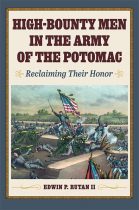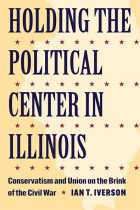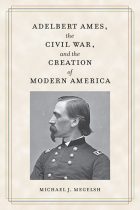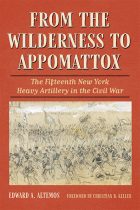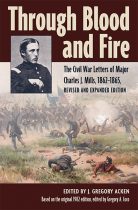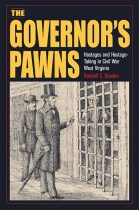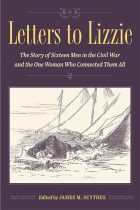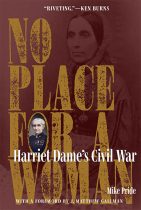More Important Than Good Generals
Jonathan Engel | Filed under: Civil War Era, Civil War Soldiers and Strategies, Military History, Recent Releases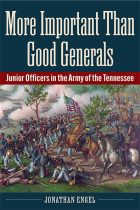
More Important Than Good Generals is an in-depth study of the Army of the Tennessee’s junior officers—the company and field grade lieutenants, captains, majors, lieutenant colonels, and colonels. While many studies have examined generals and common soldiers, Civil War armies’ “middle management” has been largely ignored.


